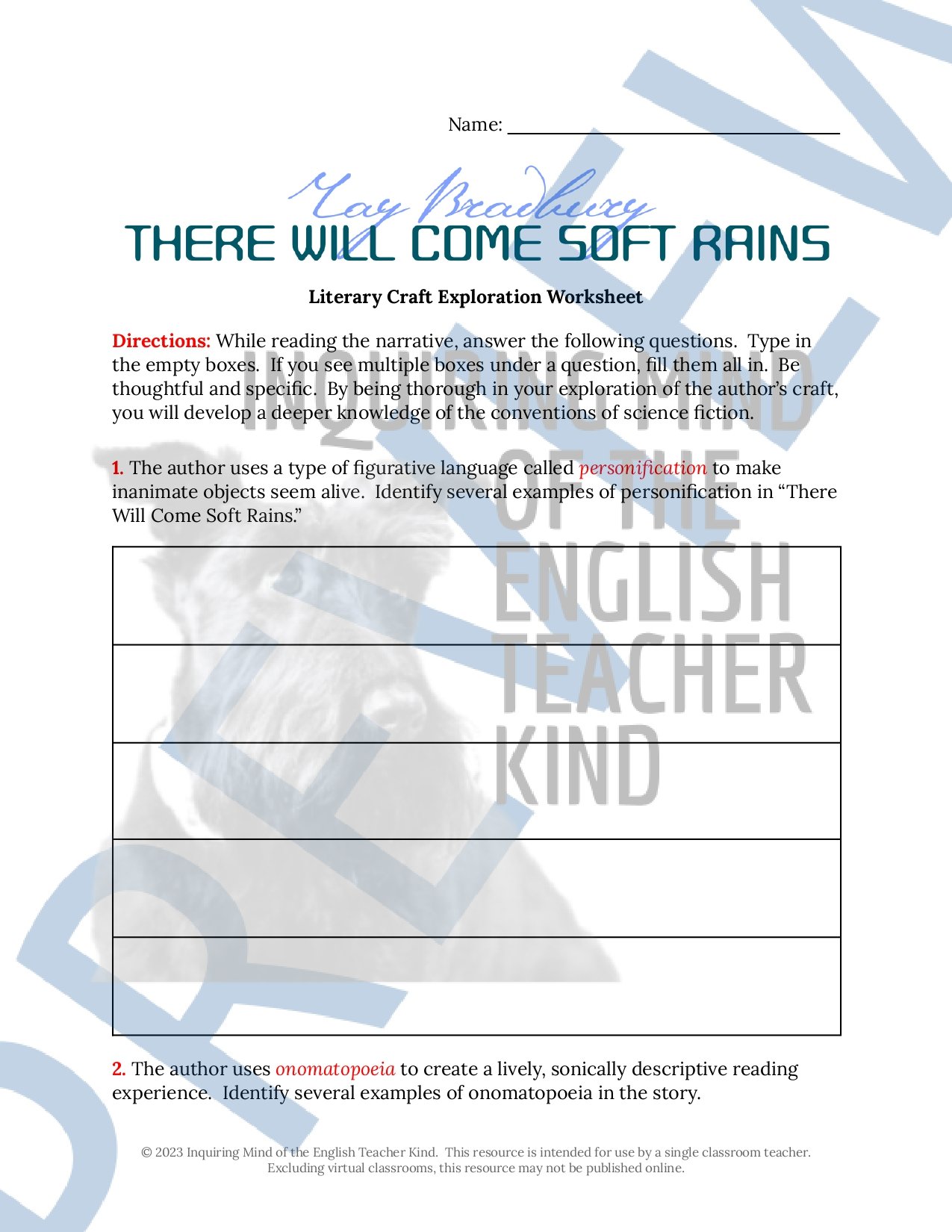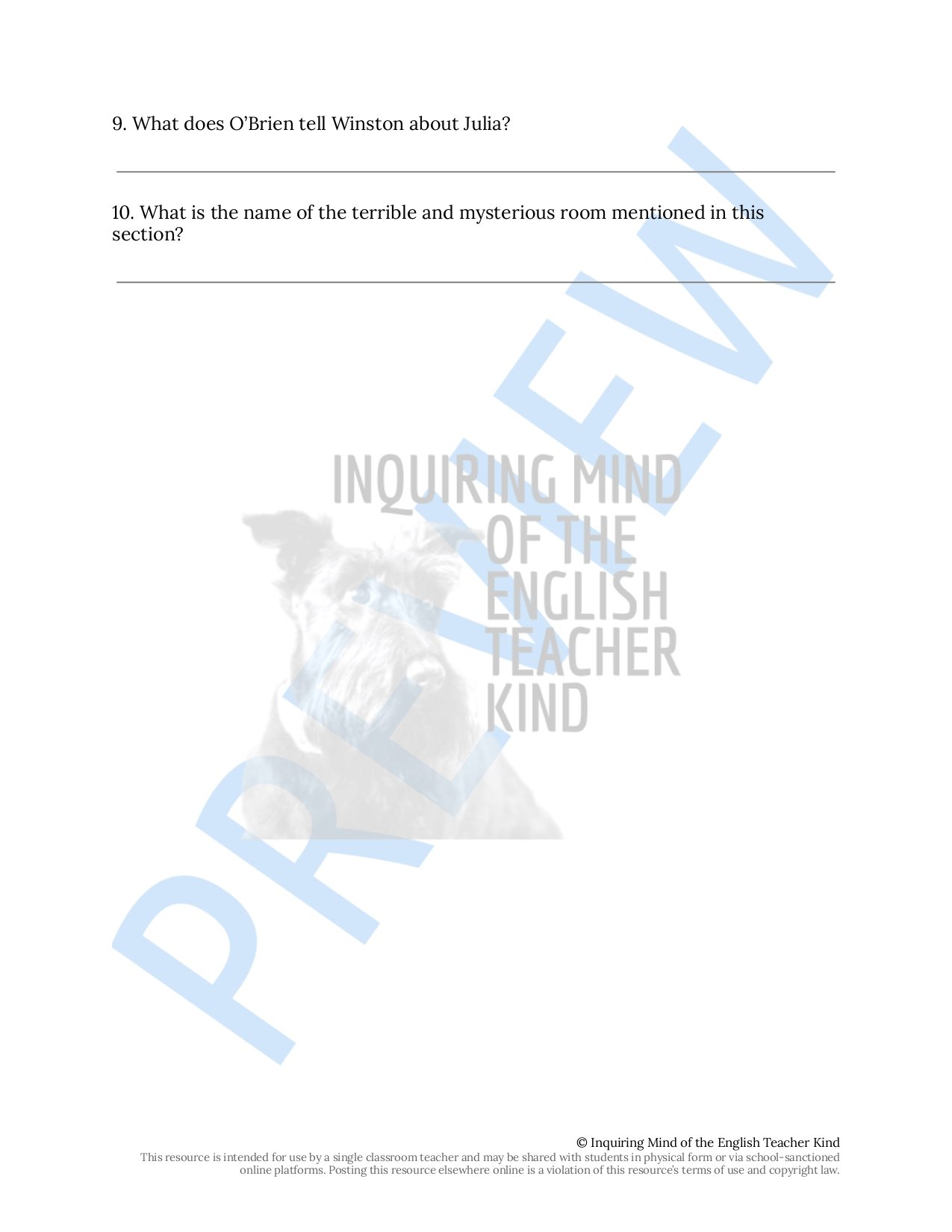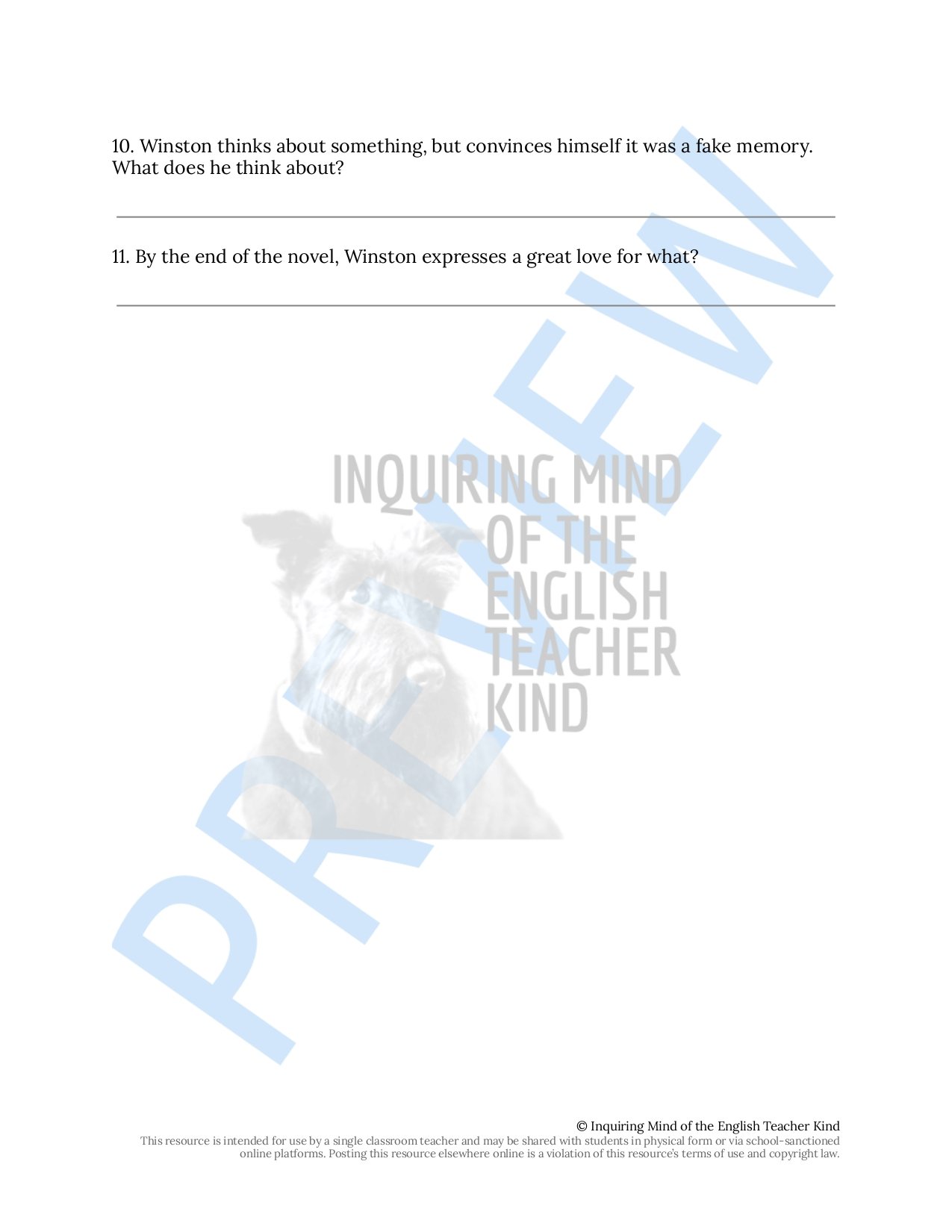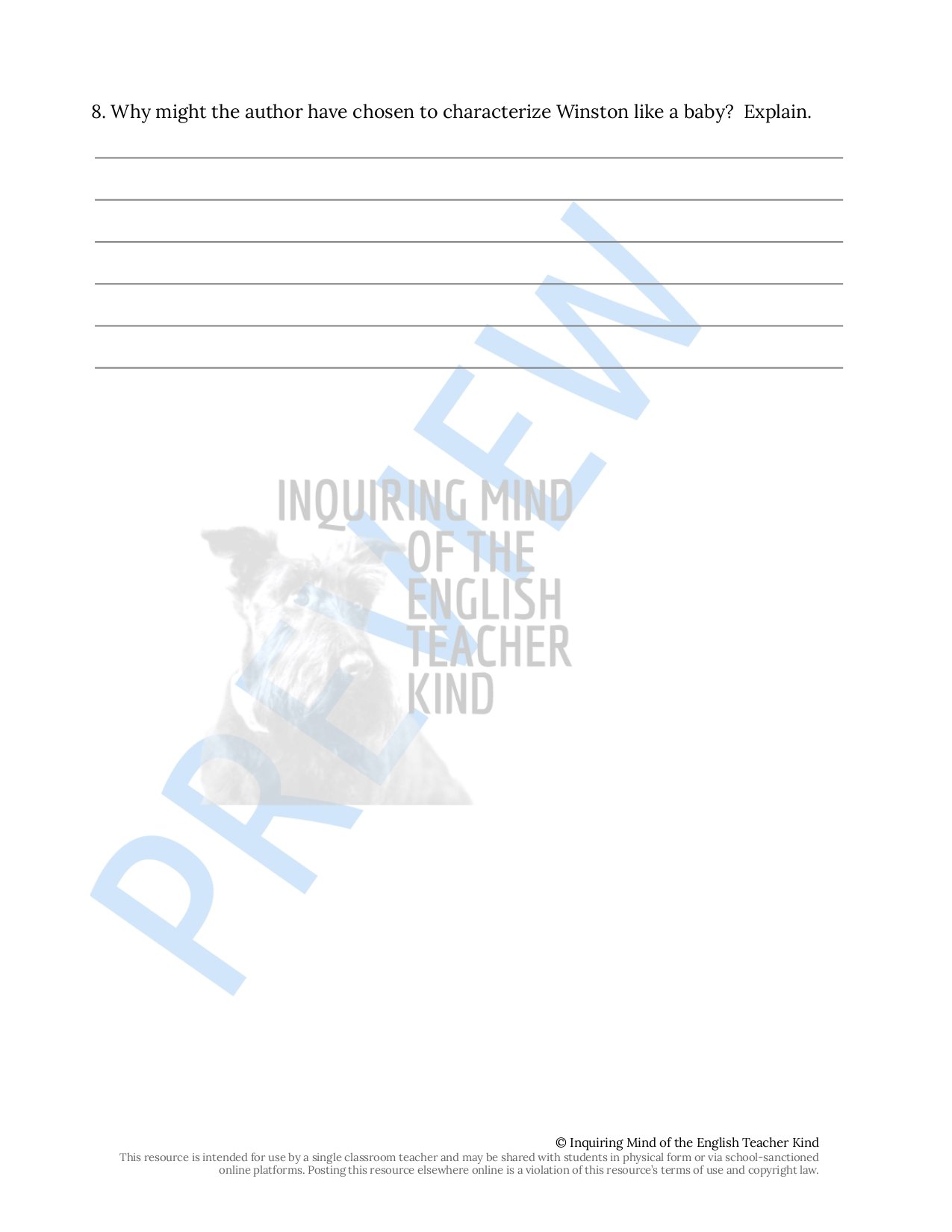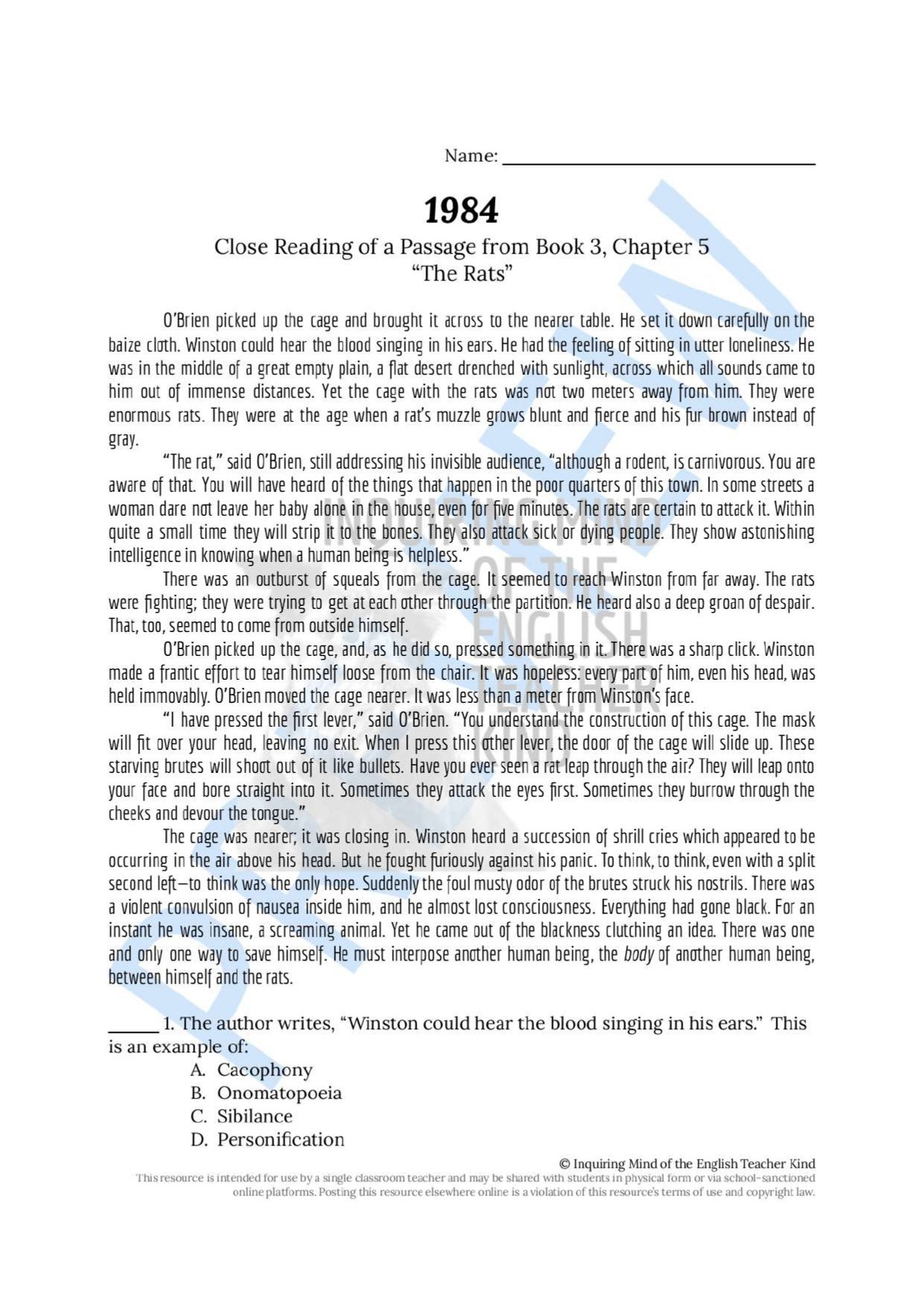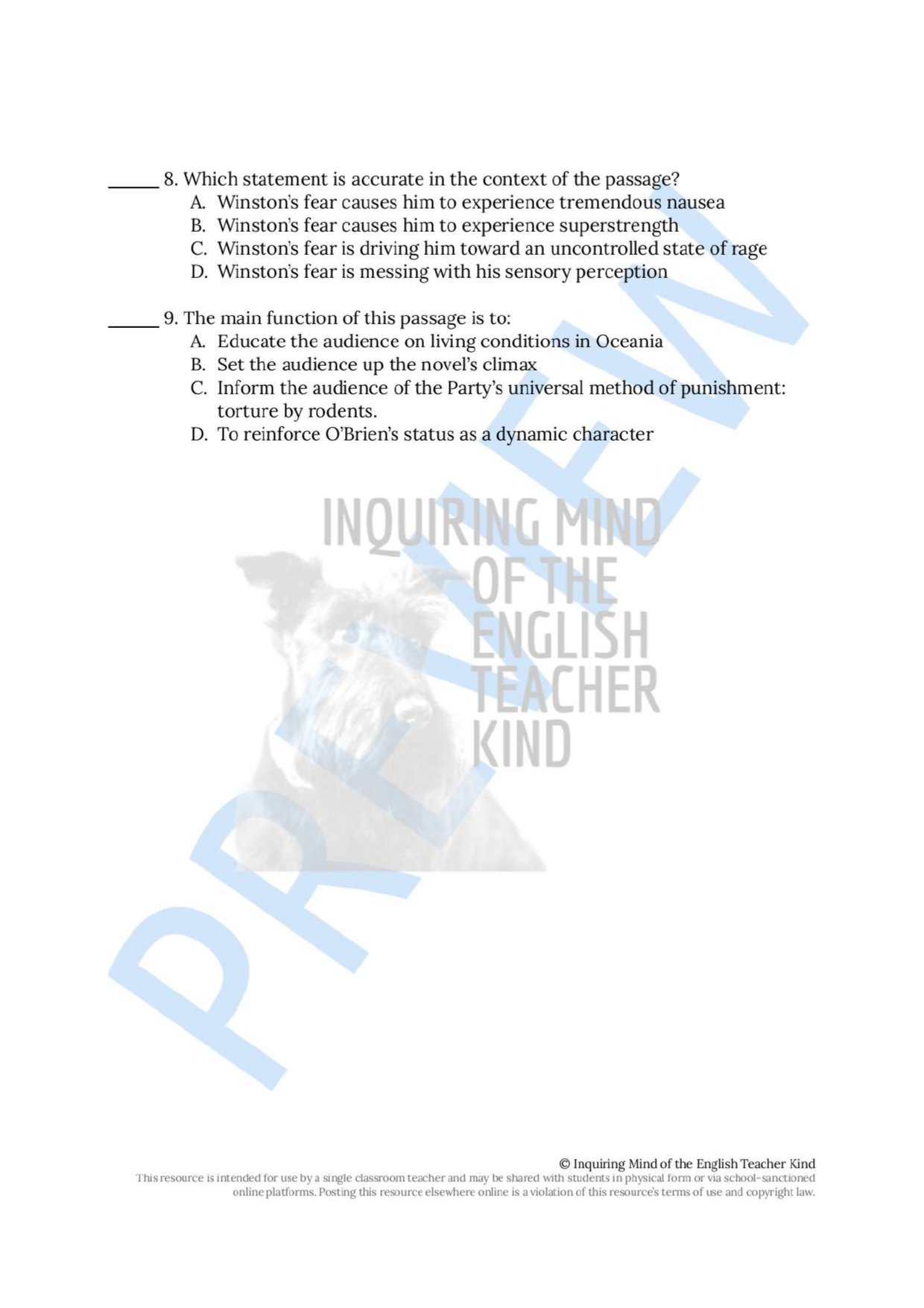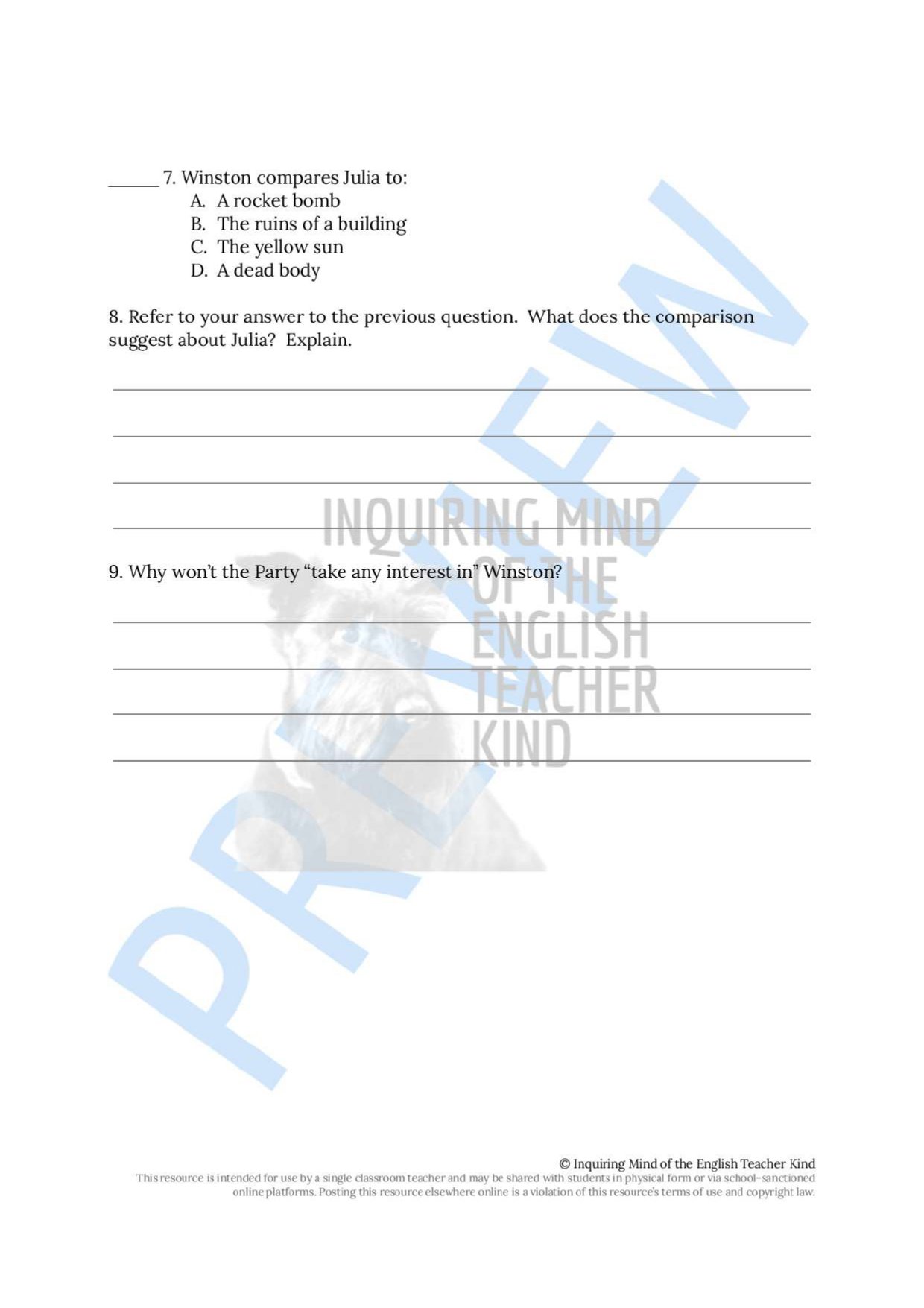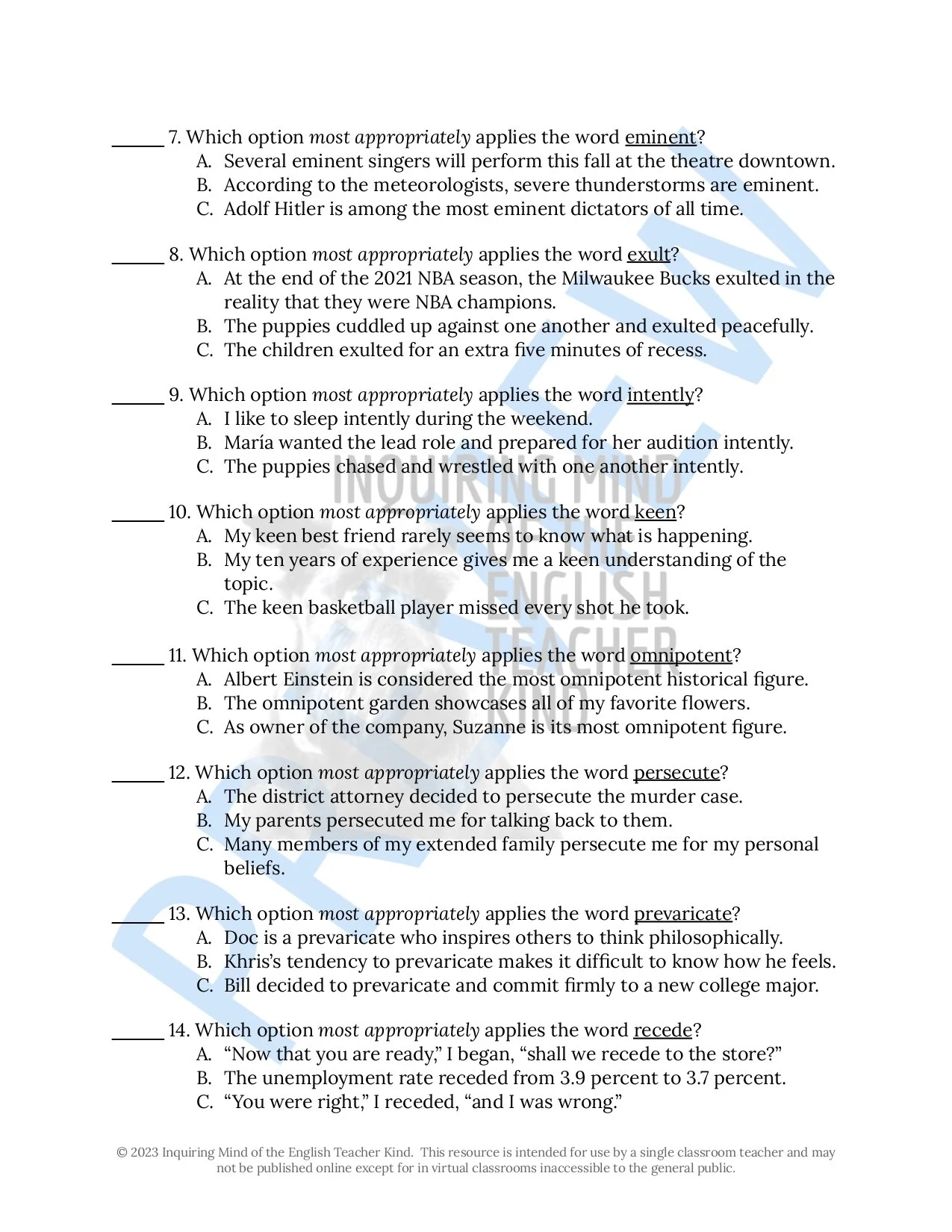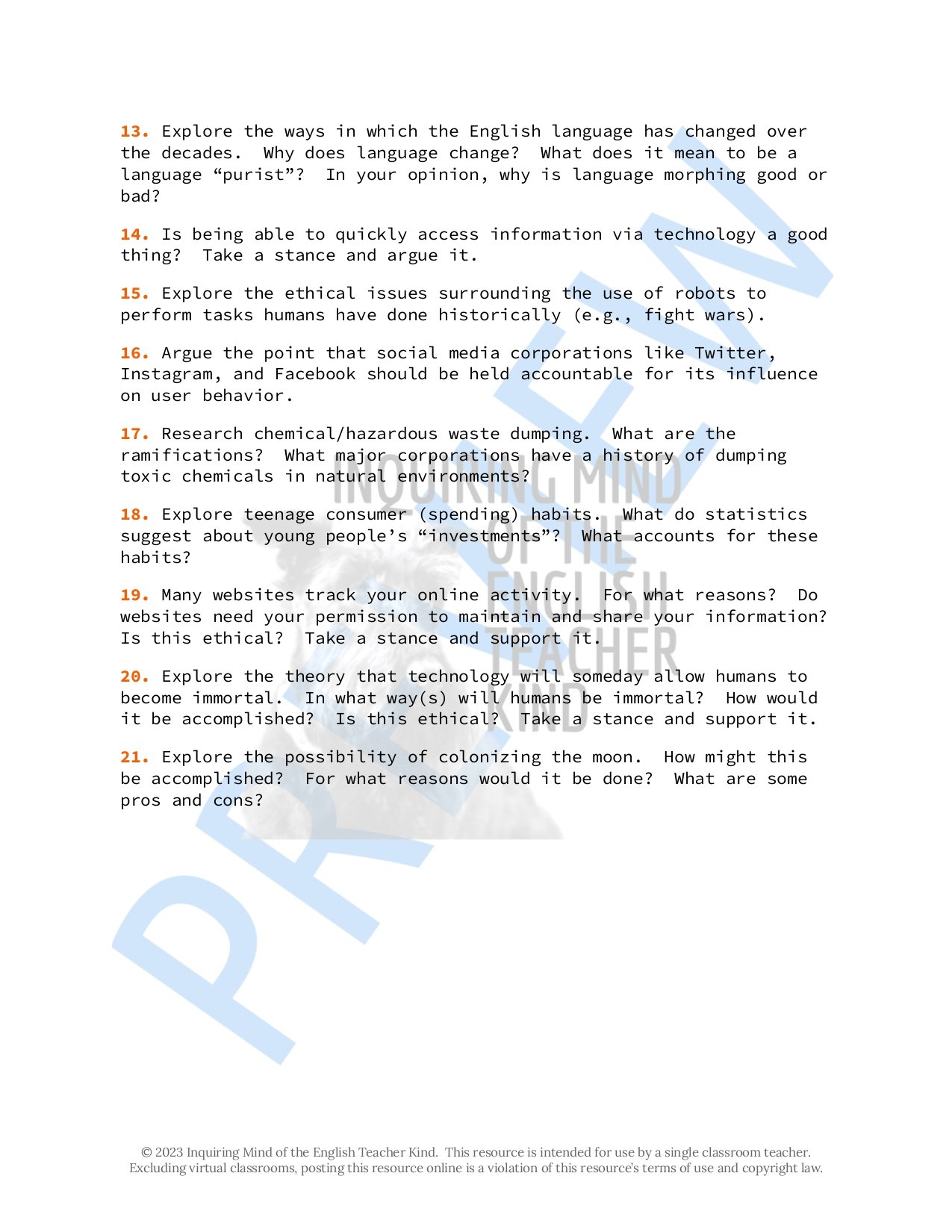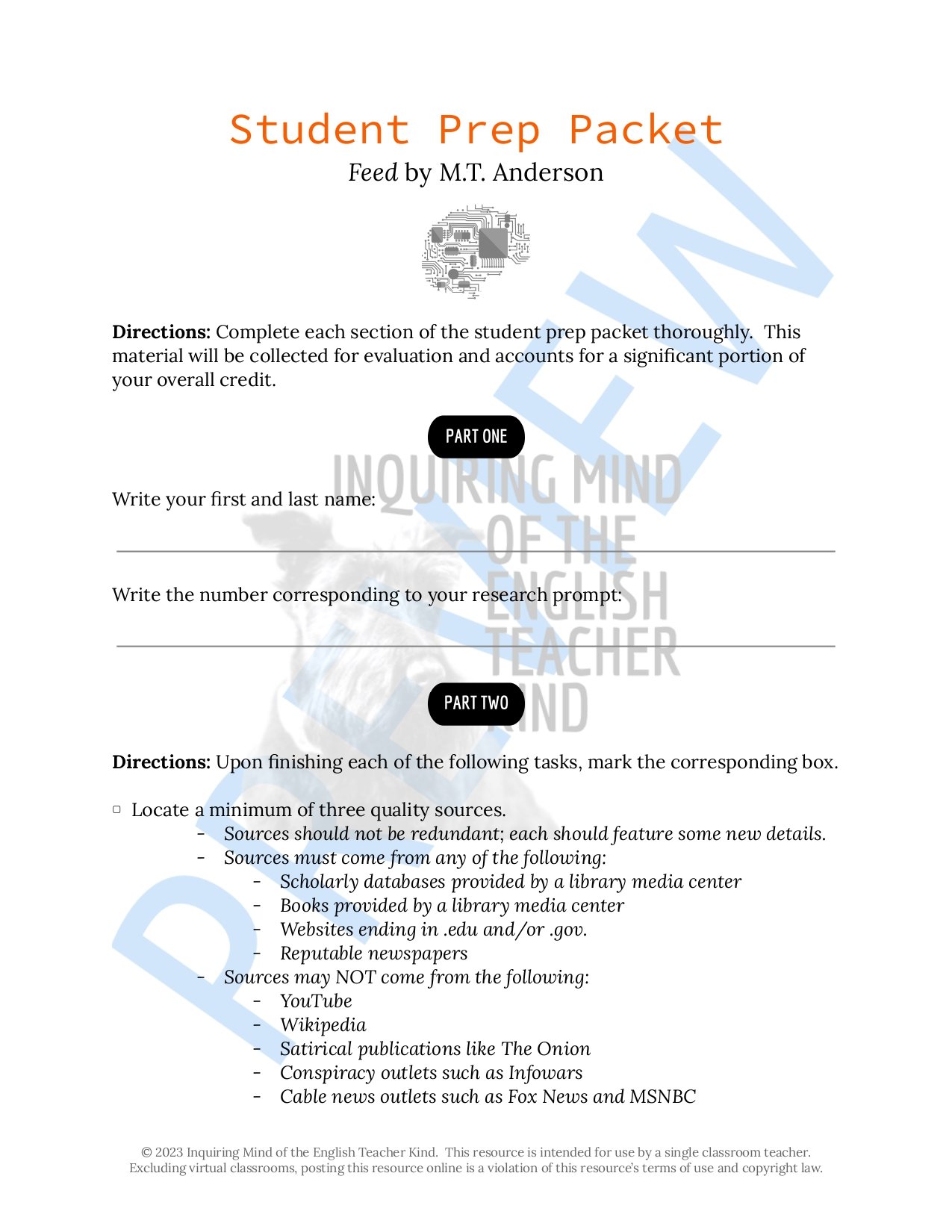 Image 1 of 63
Image 1 of 63

 Image 2 of 63
Image 2 of 63

 Image 3 of 63
Image 3 of 63

 Image 4 of 63
Image 4 of 63

 Image 5 of 63
Image 5 of 63

 Image 6 of 63
Image 6 of 63

 Image 7 of 63
Image 7 of 63

 Image 8 of 63
Image 8 of 63

 Image 9 of 63
Image 9 of 63

 Image 10 of 63
Image 10 of 63

 Image 11 of 63
Image 11 of 63

 Image 12 of 63
Image 12 of 63

 Image 13 of 63
Image 13 of 63

 Image 14 of 63
Image 14 of 63

 Image 15 of 63
Image 15 of 63

 Image 16 of 63
Image 16 of 63

 Image 17 of 63
Image 17 of 63

 Image 18 of 63
Image 18 of 63

 Image 19 of 63
Image 19 of 63

 Image 20 of 63
Image 20 of 63

 Image 21 of 63
Image 21 of 63

 Image 22 of 63
Image 22 of 63

 Image 23 of 63
Image 23 of 63

 Image 24 of 63
Image 24 of 63

 Image 25 of 63
Image 25 of 63

 Image 26 of 63
Image 26 of 63

 Image 27 of 63
Image 27 of 63

 Image 28 of 63
Image 28 of 63

 Image 29 of 63
Image 29 of 63

 Image 30 of 63
Image 30 of 63

 Image 31 of 63
Image 31 of 63

 Image 32 of 63
Image 32 of 63

 Image 33 of 63
Image 33 of 63

 Image 34 of 63
Image 34 of 63

 Image 35 of 63
Image 35 of 63

 Image 36 of 63
Image 36 of 63

 Image 37 of 63
Image 37 of 63

 Image 38 of 63
Image 38 of 63

 Image 39 of 63
Image 39 of 63

 Image 40 of 63
Image 40 of 63

 Image 41 of 63
Image 41 of 63

 Image 42 of 63
Image 42 of 63

 Image 43 of 63
Image 43 of 63

 Image 44 of 63
Image 44 of 63

 Image 45 of 63
Image 45 of 63

 Image 46 of 63
Image 46 of 63

 Image 47 of 63
Image 47 of 63

 Image 48 of 63
Image 48 of 63

 Image 49 of 63
Image 49 of 63

 Image 50 of 63
Image 50 of 63

 Image 51 of 63
Image 51 of 63

 Image 52 of 63
Image 52 of 63

 Image 53 of 63
Image 53 of 63

 Image 54 of 63
Image 54 of 63

 Image 55 of 63
Image 55 of 63

 Image 56 of 63
Image 56 of 63

 Image 57 of 63
Image 57 of 63

 Image 58 of 63
Image 58 of 63

 Image 59 of 63
Image 59 of 63

 Image 60 of 63
Image 60 of 63

 Image 61 of 63
Image 61 of 63

 Image 62 of 63
Image 62 of 63

 Image 63 of 63
Image 63 of 63
































































Science Fiction Short Story Activities Bundle for High School Readers
Use this bundle of plot-based quizzes, close reading analysis worksheets, and vocabulary application activities to help high school students engage meaningfully with several science fiction short stories dealing with a range of topics from artificial intelligence to mind control, from extraterrestrial contact to space travel. Six narratives are highlighted: "Robot Dreams" by Isaac Asimov, "Harrison Bergeron" by Kurt Vonnegut, "The Star Beast" by Nicholas Stuart Gray, "Dark They Were and Golden Eyed" by Ray Bradbury, "The Star" by H.G. Wells, and "Lose Now, Pay Later" by Carol Farley. Answer keys are included. Materials are delivered in editable Word Document and printable PDF formats. (Alternatively, a Google Drive bundle option is available.) By engaging with these materials, students will do the following:
Identify what the texts state explicitly and implicitly
Determine the meaning of unfamiliar and complex words
Consult reference materials in order to learn and verify word meanings
Discern the most proper application of words as they are used in sentences
Infer the intended effects of the authors' word choices and narrative techniques
Describe tone in context
Explore how complex characters think, behave, interact, and develop
Discern the functions of given characters and passages
Apply knowledge of literary devices including alliteration, hubris, metaphor, personification, pun, satire, simile, situational irony, and more
Consider themes in context
Support claims and inferences with sound reasoning and relevant evidence
Write about fiction with clarity, accuracy, and precision
Come to class better prepared to discuss literature
And more
This resource may facilitate small-group discussions in which students decode language and pose/respond to questions relating to plot, broad topics, and character development. Using this resource for structured guidance, students will improve their ability to present information, conclusions, and supporting textual evidence clearly and convincingly.
More materials are available for teaching short stories:
Use this bundle of plot-based quizzes, close reading analysis worksheets, and vocabulary application activities to help high school students engage meaningfully with several science fiction short stories dealing with a range of topics from artificial intelligence to mind control, from extraterrestrial contact to space travel. Six narratives are highlighted: "Robot Dreams" by Isaac Asimov, "Harrison Bergeron" by Kurt Vonnegut, "The Star Beast" by Nicholas Stuart Gray, "Dark They Were and Golden Eyed" by Ray Bradbury, "The Star" by H.G. Wells, and "Lose Now, Pay Later" by Carol Farley. Answer keys are included. Materials are delivered in editable Word Document and printable PDF formats. (Alternatively, a Google Drive bundle option is available.) By engaging with these materials, students will do the following:
Identify what the texts state explicitly and implicitly
Determine the meaning of unfamiliar and complex words
Consult reference materials in order to learn and verify word meanings
Discern the most proper application of words as they are used in sentences
Infer the intended effects of the authors' word choices and narrative techniques
Describe tone in context
Explore how complex characters think, behave, interact, and develop
Discern the functions of given characters and passages
Apply knowledge of literary devices including alliteration, hubris, metaphor, personification, pun, satire, simile, situational irony, and more
Consider themes in context
Support claims and inferences with sound reasoning and relevant evidence
Write about fiction with clarity, accuracy, and precision
Come to class better prepared to discuss literature
And more
This resource may facilitate small-group discussions in which students decode language and pose/respond to questions relating to plot, broad topics, and character development. Using this resource for structured guidance, students will improve their ability to present information, conclusions, and supporting textual evidence clearly and convincingly.
More materials are available for teaching short stories:














